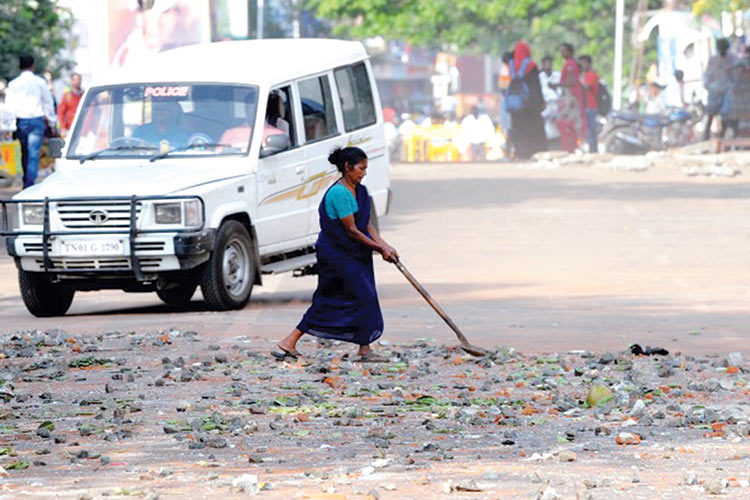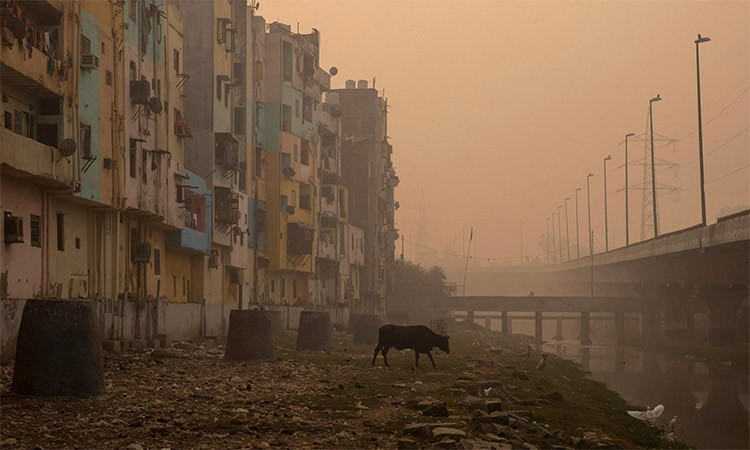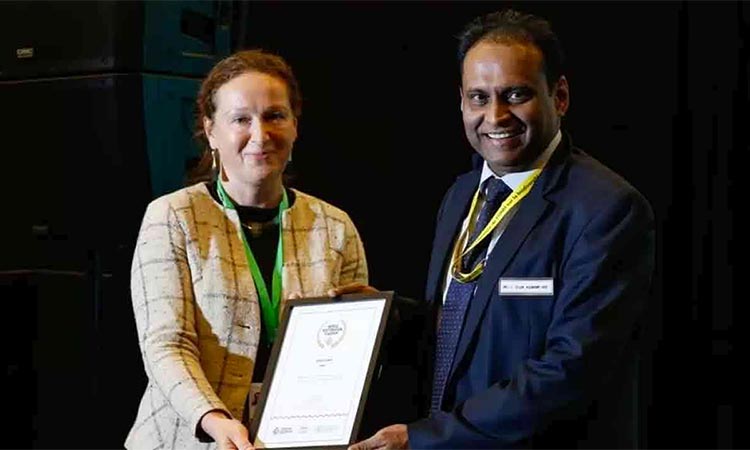Call for clean air gains momentum in India

Meena Janardhan
Writer/Editor/Consultant. She has over 25 years of experience in the fields of environmental journalism and publishing.

The photo has been used for illustrative purposes.
India’s theme song for World Environment Day (WED), celebrated world over on June 5, was ‘Hawa Aane De’(let the air in) focusing the 2019 WED theme of air pollution. The song was launched in the national capital on May 29. Secretary of Ministry of Environment, Forest and Climate Change launched the song in the presence of actor Shekhar Suman and singer Shaan.
At the launch function the Secretary had said that the song is a call to action for all to come together to combat the environmental challenges of our time, urging each one of us to explore green technologies and measures to improve the quality of air and make the country and our cities less polluted.
The theme song was written by Swanand Kirkire and sung by Shantanu Mukherjee, Kapil Sharma, Sunidhi Chauhan and Shankar Mahadevan. The film has been directed by Romanchak Arora.
It is noteworthy that to combat air pollution, Ministry of Environment, Forest and Climate Change has recently launched the National Clean Air programme (NCAP) which is a mid-term Five-Year Action Plan with targets of 20-30% reduction of PM 2.5 and PM 10 concentration in 102 cities, out of which 84 cities have already submitted their action plan. The main objective of NCAP is to control and abate air pollution across the country. It is a multi-sectoral and collaborative approach with mainstreaming and integration.
Approximately 7 million people worldwide die prematurely each year from air pollution, with about 4 million of these deaths occurring in Asia-Pacific. WED 2019 urged governments, industry, communities, and individuals to come together to explore renewable energy and green technologies, and improve air quality in cities and regions across the world.
According to UNEP, several sources contribute to the exacerbating problem.
The main source of household air pollution is the indoor burning of fossil fuels, wood and other biomass-based fuels to cook, heat and light homes. Around 3.8 million premature deaths are caused by indoor air pollution each year, the vast majority of them in the developing world.
Out of 193 countries, 97 countries have increased the percentage of households that have access to cleaner burning fuels to over 85 per cent. However, 3 billion people continue to use solid fuels and open fires for cooking, heating, and lighting. The adoption of cleaner, more modern stoves and fuels can reduce the risks of illness and save lives.
Then there is the Industry sector. In many countries, energy production is a leading source of air pollution. Coal-burning power plants are a major contributor, while diesel generators are a growing concern in off-grid areas. Industrial processes and solvent use, in the chemical and mining industries, also pollute the air.
The global transport sector accounts for almost one-quarter of energy-related carbon dioxide emissions and this proportion is rising. Transport emissions have been linked to nearly 400,000 premature deaths. Almost half of all deaths by air pollution from transport are caused by diesel emissions, while those living closest to major traffic arteries are up to 12 per cent more likely to be diagnosed with dementia.
Reducing vehicle emissions is an important intervention to improve air quality, especially in urban areas. Policies and standards that require the use of cleaner fuels and advanced vehicle emissions standards can reduce vehicle emissions by 90 per cent or more.
In the agricultural sector, there are two major sources of air pollution from agriculture: livestock, which produces methane and ammonia, and the burning of agricultural waste. Methane emissions contribute to ground-level ozone, which causes asthma and other respiratory illnesses. Methane is also a more potent global warming gas than carbon dioxide – its impact is 34 times greater over a 100-year period. Around 24% of all greenhouse gases emitted worldwide come agriculture, forestry and other land-use.
Open waste burning and organic waste in landfills release harmful dioxins, furans, methane, and black carbon into the atmosphere. Globally, an estimated 40 percent of waste is openly burned. The problem is most severe in urbanizing regions and developing countries. Open burning of agricultural and municipal waste is practiced in 166 out of 193 countries.
Not all air pollution comes from human activity. Volcanic eruptions, dust storms and other natural processes also cause problems. Sand and dust storms are particularly concerning. Fine particles of dust can travel thousands of miles on the back of these storms, which may also carry pathogens and harmful substances, causing acute and chronic respiratory problems.







